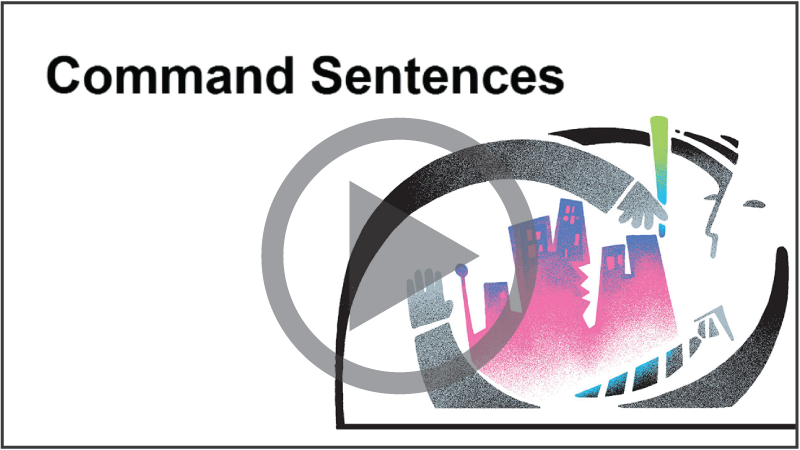Just in case "third person" and "second person" don't immediately make sense to you, let's start by answering . . .
What are first, second, and third person?
Use first person for the speaker (I, me, my, we, us, our), second person for those spoken to (you, your), and third person for those spoken about (he, she, it, they, them, their).
When should I use you in business writing?
Using second person allows you to address the reader. Additionally, second person conveys a more conversational tone than third person, making your writing more inviting to read and easier to understand.
For these reasons, second person is preferable for instructional material and any sort of content marketing you might do—from social media to blog posts to newsletters. Notice the difference in the voice when switching from third to second person:
Third person: Thoughtful Learning offers many materials for English Language Arts classrooms. Every student-centered writing handbook comes from the same authors of Writers INC and Write Source.
Second person: Do you need classroom curricula for teaching English language arts? Check out these student-centered writing handbooks from the team that brought you Writers INC and Write Source.
Second person also allows you to give commands, starting sentences with a verb that tells the reader just what to do. A command sentence has an implied you as the subject:
(You) Clean up your room.

So, follow your organization’s style for using first, second, and third person. If the style is not strict, consider using you to connect to your reader.
|